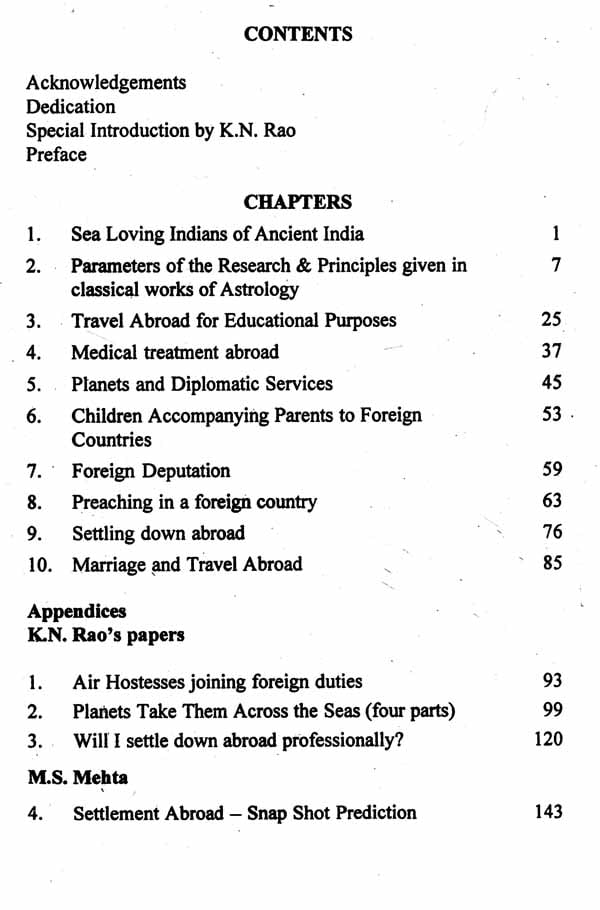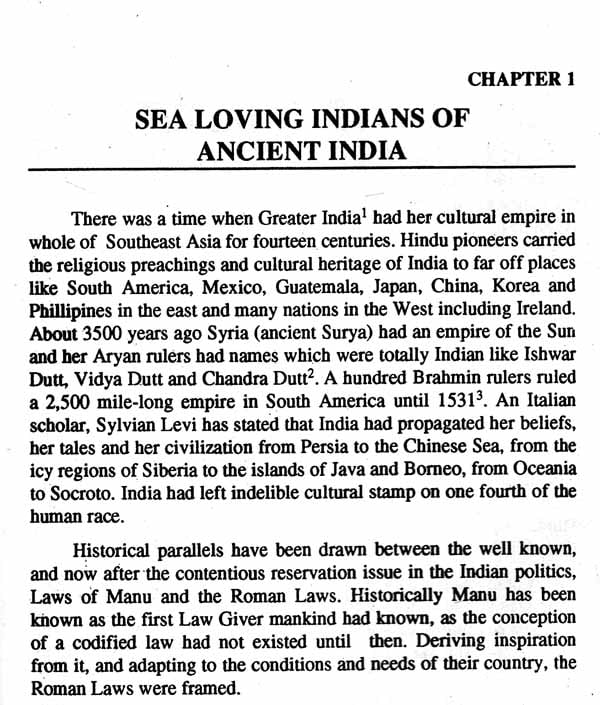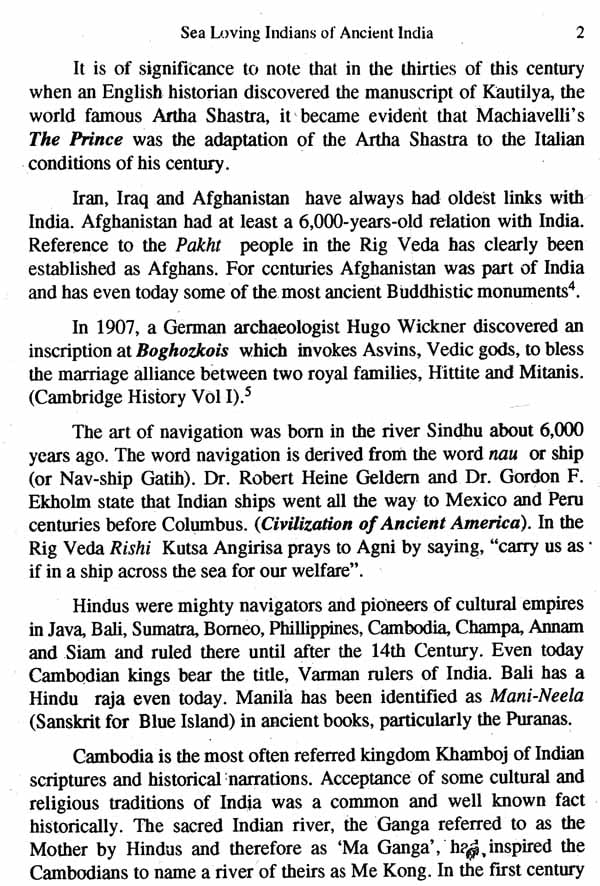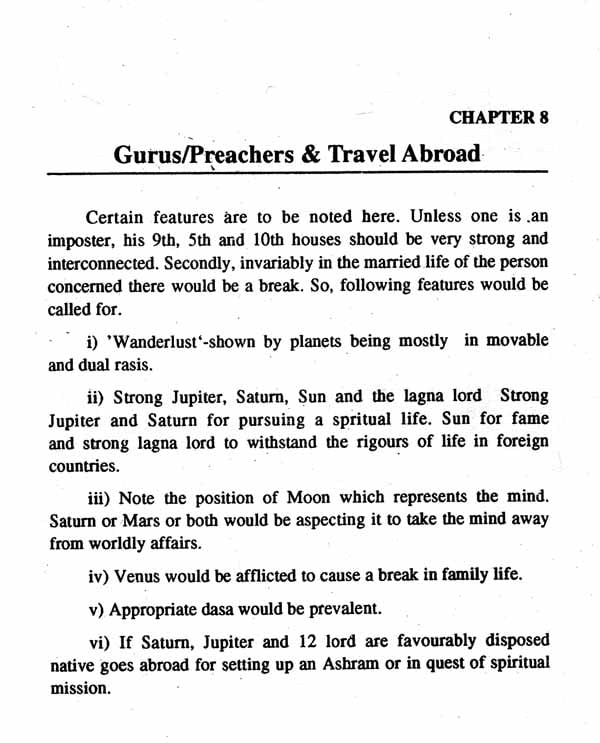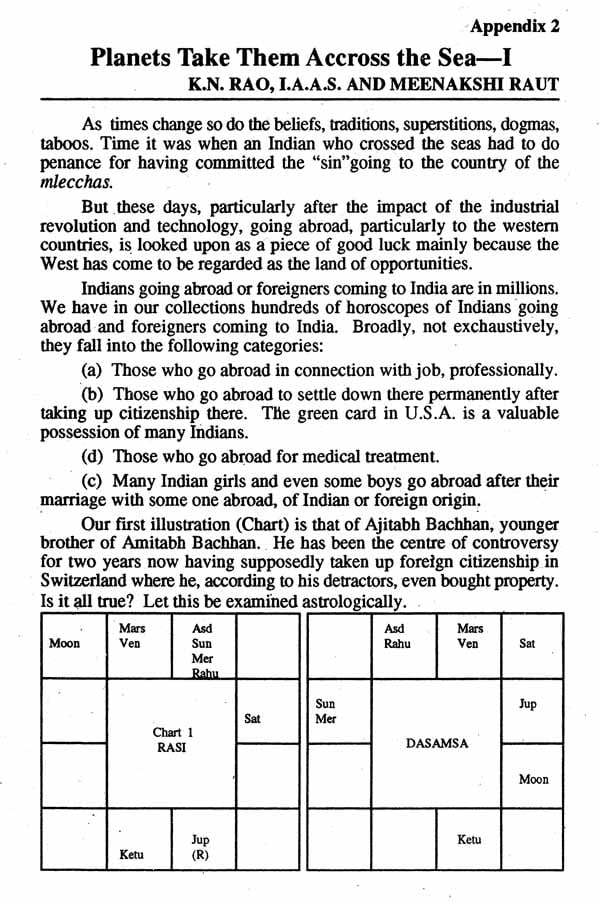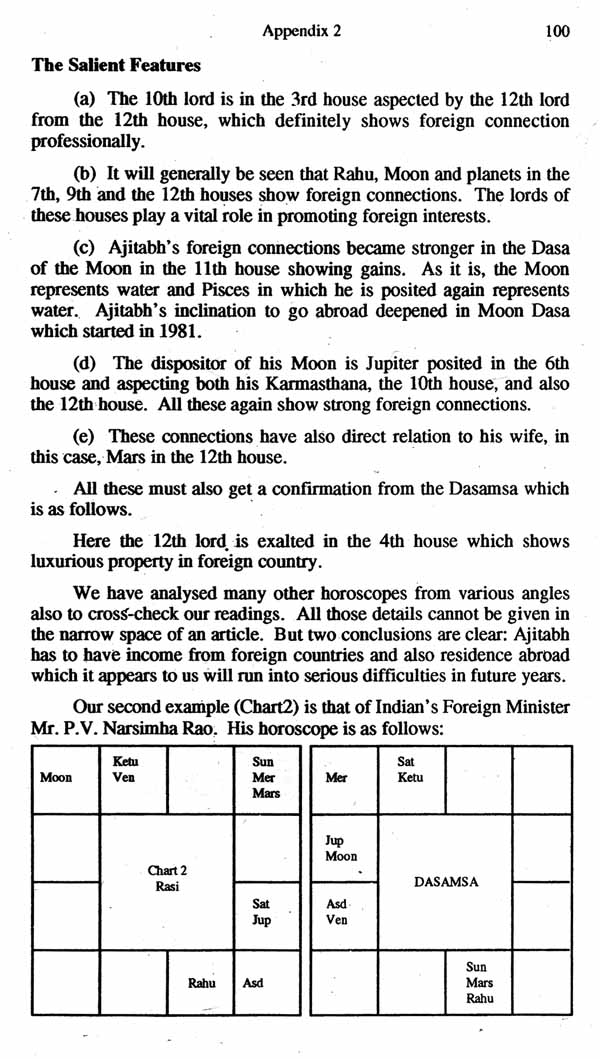
Planets And Travel Abroad (Education, Settlement, Medical Treatment, Diplomatic Posts Deputation, Travel With Parents, Preaching)
Book Specification
| Item Code: | NAX374 |
| Author: | M. S. Mehta |
| Publisher: | SAGAR PUBLICATIONS |
| Language: | English |
| Edition: | 2020 |
| ISBN: | 9788194750758 |
| Pages: | 154 |
| Cover: | PAPERBACK |
| Other Details | 8.50 X 5.50 inch |
| Weight | 230 gm |
Book Description
The author of this book, M.S. Mehta is a senior retired officer of the Indian Foreign Service. He has held important diplomatic posts in Middle East. U.K. and U.S.A.
He did his post-graduation in History from Delhi University specializing in Ancient Indian History and Culture. During his University days he was also Secretary of the Historical Society. He knows many foreign languages including French, German and Arabic and has done a course in Computer Software.
His quest for spiritualism started in New York where he met Her Holiness Guru Ma J. Saraswati. In India, after doing Jyotish Visharad with distinction he, under the able guidance of Mr. K.N. Rao produced important research papers on Mundane Astrology. Mehta is at present honorary faculty member of Bhartiya Vidhya Bhawan, New Delhi and is also Trustee and Secretary of Vedic Heritage with its parent organization in New York. This organization is now building a huge complex sprawling over 100 acres of land near Palwal (Haryana) .for propagation of Indian values and culture, with Sri Hanuman Temple as the nucleus.
As a student of Astrology and later as a member of the faculty, I have found that knowing fundamentals of Astrology and interpreting a horoscope are two entirely different things. Even when one claims that one knows all the combinations and principles, the results sometimes are disastrous and one is tempted to claim that for correct interpretation good intuition is absolutely necessary, and one may be bound to give up in despair.
However, this is not what Mr. K.N. Rao has taught us. He has made it the mission of his life to prove that Astrology is a science, and he has kept on teaching and encouraging his students. I was deeply moved when I read in his book/article that one day the lid will open and that things will start being visible. It is the result of his tireless efforts that I started on the right path and, with devotion and hard work, was successful in arriving at the right conclusions and in some cases, found that the results were amazing. This is what has lead me to keep striving for better and better results.
In the conditions of India that are prevalent today, practically everyone wants to go abroad, whether it is for studies, for a better job or simply to amass huge sums of money. Often the first question that is asked of astrologers is, "Will I go abroad?"
I have tried to answer this question in the light of principles given by our ancients and as suitably modified by Rao in his classes and articles.
As a result of this study I have been able to achieve high degree of success in interpreting horoscopes relating to travel abroad. I am sure that by following the methods formulated in this book, the students of astrology would also be able to arrive at fairly accurate conclusions.
That astrology has come of age in India in the nineties in a new way is a statement that must be made now. Known as jyotisha, it is that sacred knowledge which had remained in the 'ashrams' of the great rishis of ancient times who gave predictions to kings. We see instances of Narada, Garga and many other rishis in the Puranas, the Mahabharata and other religious literature telling kings what would happen in the future. There is no mention of a householder astrologer in any of those great works, as far as my knowledge goes. All those prophets, seer-astrologers, were rishis , yogis, tapasvis whose spiritual life was excellent. Each one of them fell into some trap or the other in their spiritual life, recovered and reached greater heights. They were unattached to their own families, to any clan, caste, community, or to kings and their kingdoms. Their objectivity was stainless. They combined the spiritual strength of their tapasya' and the scientifc knowledge of astrology in its entirety. Astrology was the priceless possession of seers not of householders. It is possible that even in that era fraudulent astrologers existed and were condemned. The sacredness of jyotisha, as one of the Vedangas was never questioned and doubted. The seer-astrologer was held in high regard. He never charged any fee, for he needed nothing. The gifts and donations given by kings were to Brahmins and the general public, never to `rishis'.
The lesson is obvious. If astrology is done, as It is now being practised, by householders who are ordinary men without a disciplined spiritual life, all that is bound to happen is corruption of uncontrollable proportions. I have said many times that in this purely mercenary era, it would be difficult to bring astrology back into the rishi mould. The best that could be done then is to raise the academic standard through sound research and make it a dependable, predictive science. It is necessary because astrology has now come to stay as the best counselling science but it is in the clutches of mercenaries. That is the condition in India and in the USA where astrology is done for purely monetary motive. Astrology was never meant to be a money earning profession but is a spiritual pursuit which helped the seer-astrologer develop his spiritual life. In turn the seer-astrologer guided people who sought his advice and guidance.
In the later centuries, we hear of court astrologers who became living legends for all times. Bhaskaracharya and Varahmihira are both remembered for some great predictions though we have no collections of horoscopes to show on what basis they did it. In the history of Indian astrology their great names will remain that of the all-time greats because of some books available where their methods and discoveries are mentioned.
Yet until this century we have not had the advantage of seeing how predictions had been made on actual horoscopes. The printing press has made a difference. Astrological journals in many languages including English popularised astrology and created a stage for its reception among the layman. Astrology travelled from the sacred precincts of the great rishis, reached the courts of kings and ended up in the bazaars of India where it got corrupted. All great names of astrologers remained associated with princely courts or with the editors of astrological journals or as the authors of books, though greater astrologers may have existed in many other parts of India unnoticed, unsung and unheard of. We do hear of some such astrologers but they became local legends only. For instance, there is a story told of an astrologer of Meerut who was arrested after he had made a prediction about the death of Queen Victoria, but later released and rewarded by the then British rulers. Again we have here no way of knowing how he made that prediction. We, of course, have the great historical instance available of Samant Chandrashekhar of Orissa, the last astronomer without a telescope. He was honoured by the British government in a special function. Such local legends have always been many until the 1950's, after which the editors of astrological journals and the writers of books got themselves publicised, with or without any merit. A name that is heard too often becomes famous in our age of publicity. The editor of an astrological journal has all the advantage of building up a big image for himself. Rarely has any such editor missed such an opportunity because of the financial advantage it gave to him. We had thus entered the pure mercenary era of astrology in a very big way.
The astrological articles of that era were more cultural in content than technical in approach and methodical in analysis. From the standpoint of the nineties, they were totally substandard articles, often with wrong horoscopes, or only with horoscopes discussed with no other details. Some writers gave along with the horoscopes the navamsha but also without discussing it. No other divisional horoscope was discussed and no dasha other than the Vimshottari dasha employed. It was the cultural era of astrology when we had preachers of astrology, not teachers in a real and correct sense. Even the text books written in that era, or the translations made of books from Sanskrit into various languages were mere literal translations in which the translator's enlightened understanding was never reflected. In a way that trend became unstoppable and continues even now.
It was in the middle eighties that real scientific writing on astrology got started but through series of articles in astrological journals which took a long time to satisfy the thirst for astrological knowledge in many persons. The trend of writing had undergone a remarkable change, a welcome change. The new generation of students of astrology had a higher educational background, a better intellectual calibre but were de-Sanskritized. They had to depend heavily on the translations of the earlier era. In the meantime the controversy as to which was the correct ayanamsha became the biggest hurdle to further research in astrology. As it had to happen, the Chitrapaksha Ayanamsha (Lahiri's) approved by the Calender Reforms Committee got accepted by a majority. It was now possible to produce scientific, replicable researches in astrology with an ayanamsha which the earlier writers did not have, did not know and were averse to accepting. They called astrology a purely intuitive science, over-stressed the importance of worship and neglected the techniques given in the Brihat Parashara Hora Shastra.
**Contents and Sample Pages**
